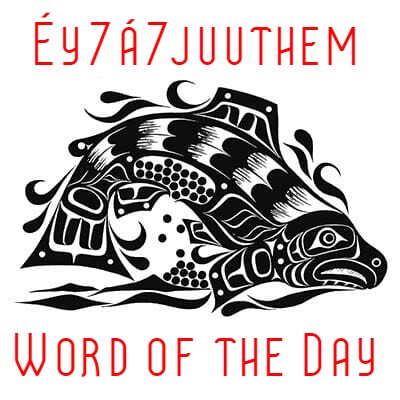
In a move to increase the use of wildfire-damaged timber and support land recovery, the Province has introduced new measures to streamline the salvage process, making it easier for the forestry sector to recover and repurpose damaged wood and regenerate the forests.
“Wildfires are increasingly having devastating impacts on our communities and economies,” said Andrew Mercier, Minister of State for Sustainable Forestry Innovation.
“During my visits in forestry communities throughout the province, speeding up salvage is something I’ve been hearing a lot from people. Making the salvage of fire-damaged wood faster, easier and more economic means more forestry operations can access fire-damaged wood, supporting forestry-dependent regions and forestry workers.”
Changes have increased flexibility and established pricing policy for forestry operations and First Nations wanting to salvage wildfire-damaged timber.
Salvage allows for quicker reforestation efforts and land recovery after wildfires.
In response to the 2023 wildfires, salvage cutting permits have been issued for almost 1.4 million cubic metres of volume – equivalent to about 28,000 logging truck loads of wildfire-damaged wood recovered.
The wood is used by industries like the pulp and paper sector to make household items, such as paper, packaging, and tissue paper.
Wildfire salvage opportunity agreements were created to increase salvage opportunities for First Nations in the forest sector and support timely salvage post-fire.
Since agreements were established in 2022, First Nations have signed 13.
To learn more, visit Government of British Columbia.
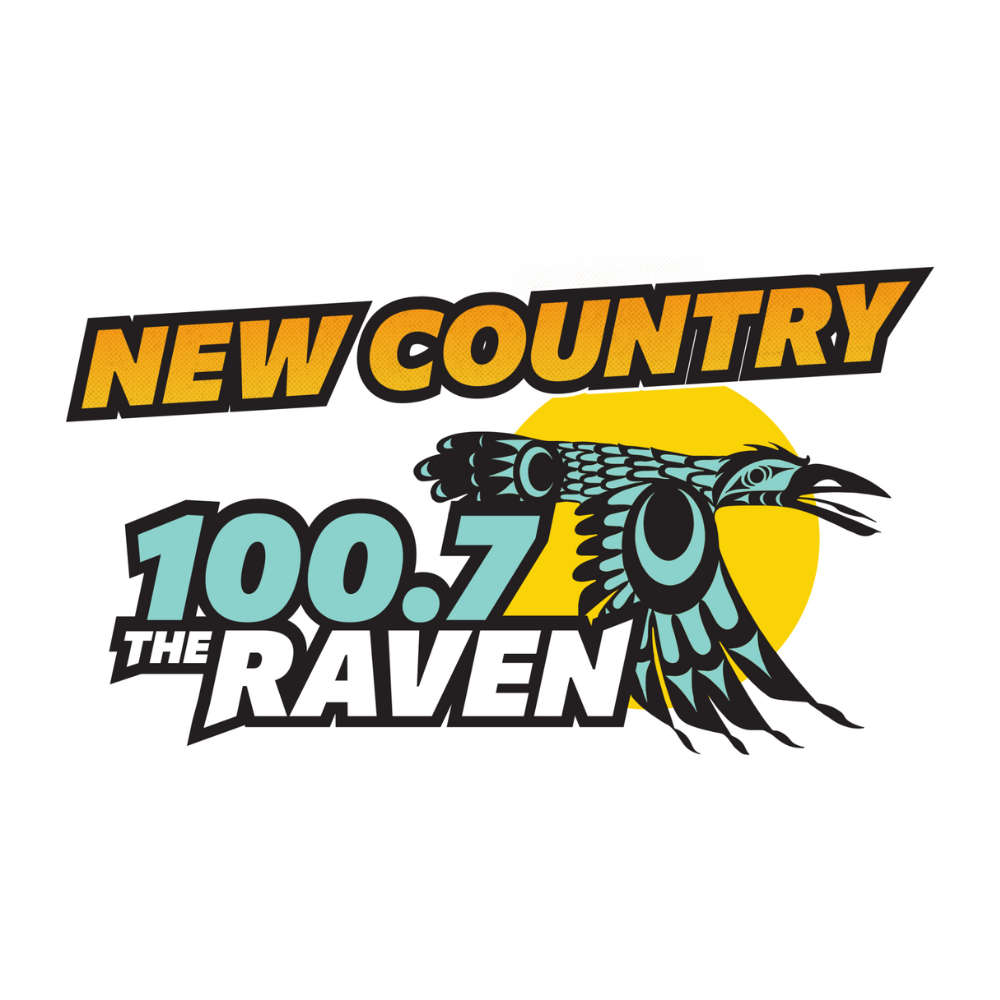
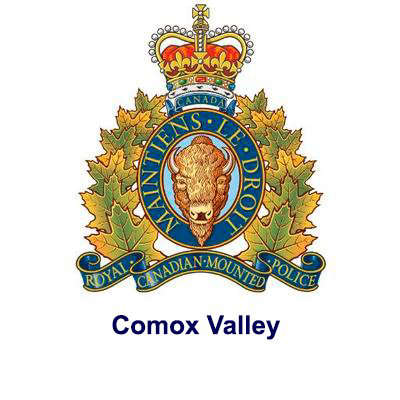 Comox Valley RCMP Say Teenager Found Safe, But Seeking 53-Year Old Missing Man
Comox Valley RCMP Say Teenager Found Safe, But Seeking 53-Year Old Missing Man
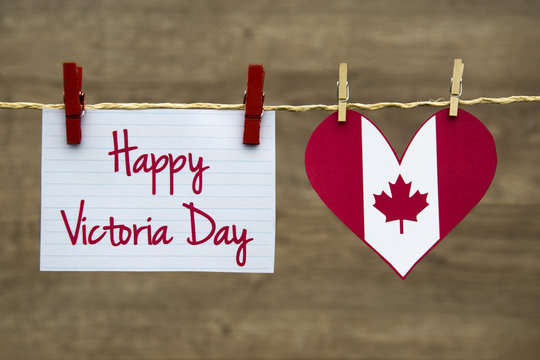 Communities To Celebrate Victoria Day This Weekend
Communities To Celebrate Victoria Day This Weekend
 A Lot To Enjoy At The Comox Air Show This Weekend
A Lot To Enjoy At The Comox Air Show This Weekend
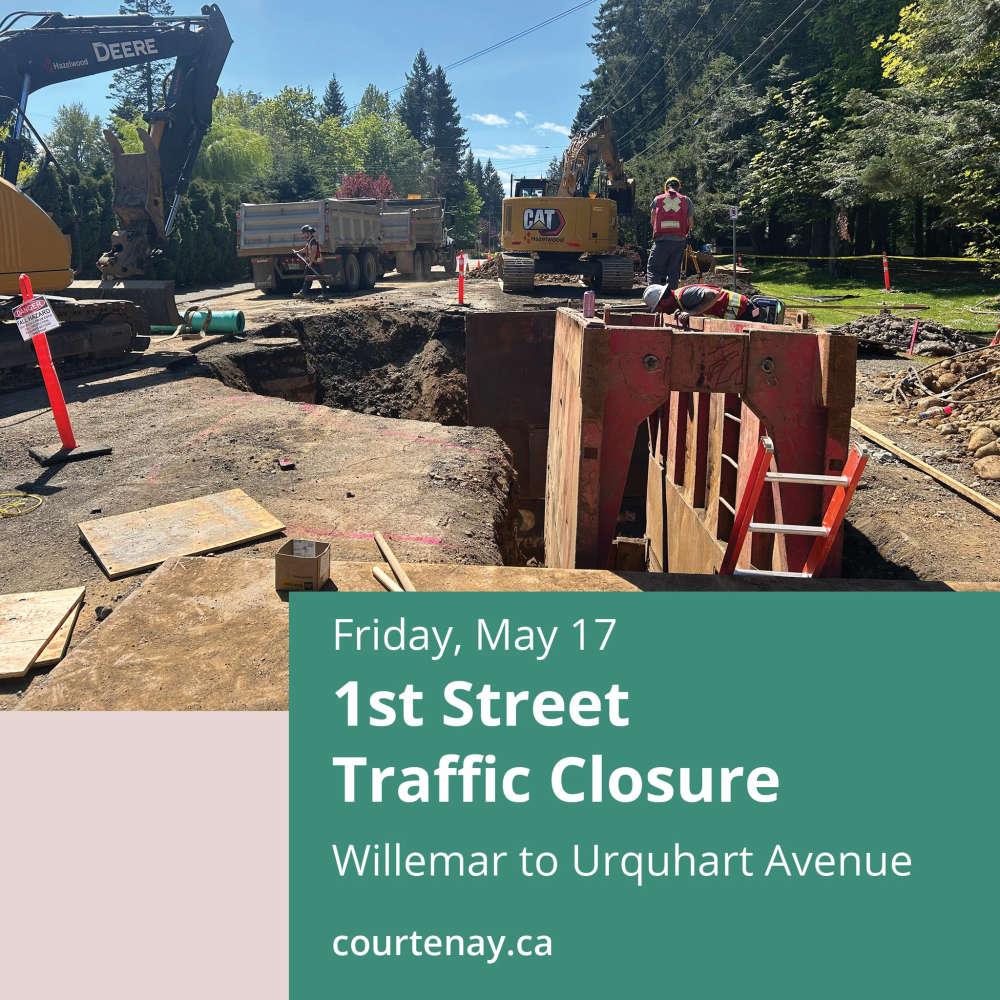 Road Closure On 1st Street In Courtenay Today
Road Closure On 1st Street In Courtenay Today
 Historic Haida Aboriginal Title Legislation Receives Royal Assent
Historic Haida Aboriginal Title Legislation Receives Royal Assent
